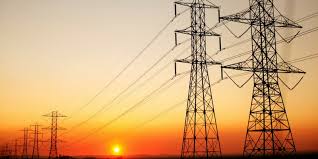Twenty million Africans were connected to electricity between 2014 and 2018, which is more than twofold the increase observed during the period 2000-2013.
Thus, the rate of access to electricity in Africa rose from 42 percent in 2015 to 54 percent in 2019 thanks, in particular, to the support of the African Development Bank (AfDB). It has bankrolled interconnection projects between its African member countries and promoted the use of renewable energy.
“With the support of the bank, 291 megawatts of new electricity production capacities were installed in 2019, 60 percent of which from renewable energy sources. During the same year, some 432 kilometers of power transmission lines and 435 kilometers of distribution lines were completed on the continent, which facilitated the access of nearly 468,000 people to electricity in 2019,” APA learned on Wednesday from a press release.
The same source underlines that the AfDB has urged in recent years its African member countries to rationalize their production capacities and share their surplus electricity in order to improve cross-border energy exchanges, the rate of which is only 8 percent on the continent. .
Between 2014 and 2020, the bank made significant investments in renewable energy, notably in the Lake Turkana wind farm in Kenya, the NOOR Ouarzazate solar complex in Morocco and the Burkina Faso 2025 solar program called “Yeleen.”
TE/fss/abj/APA


